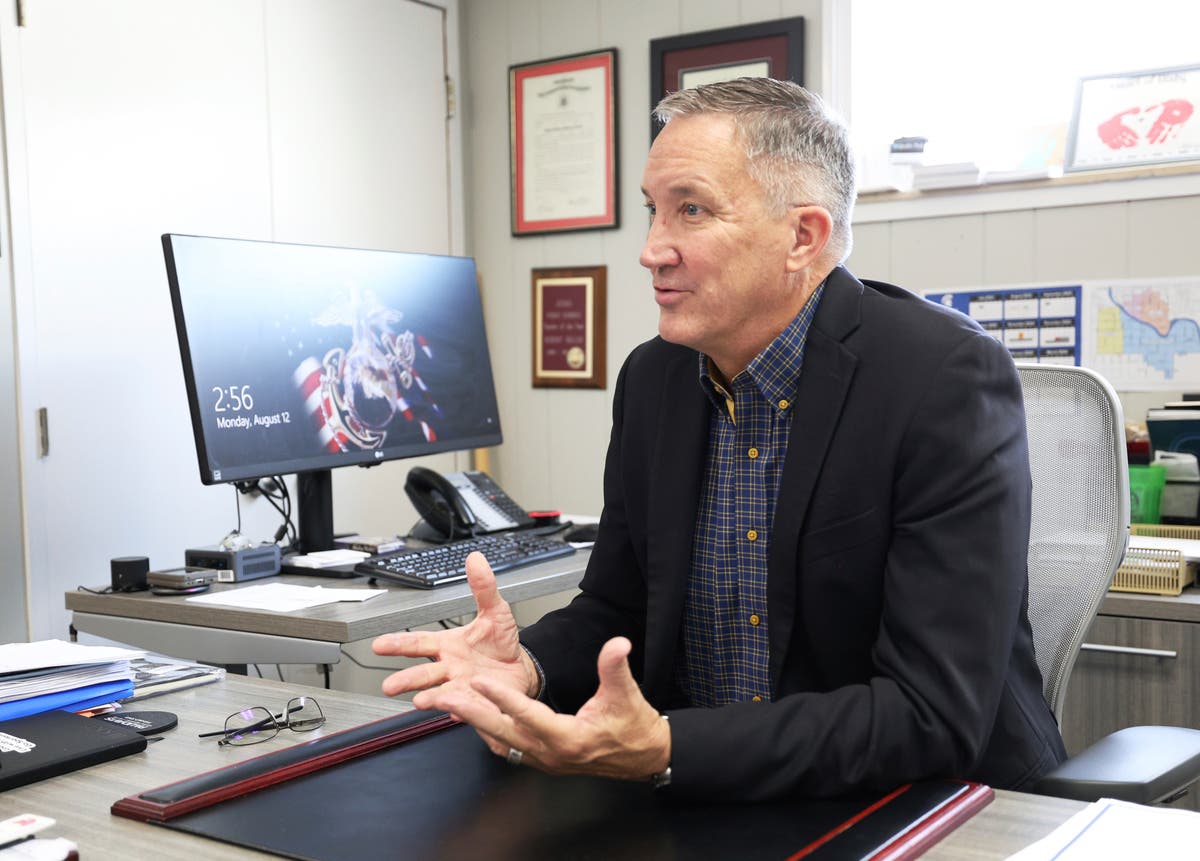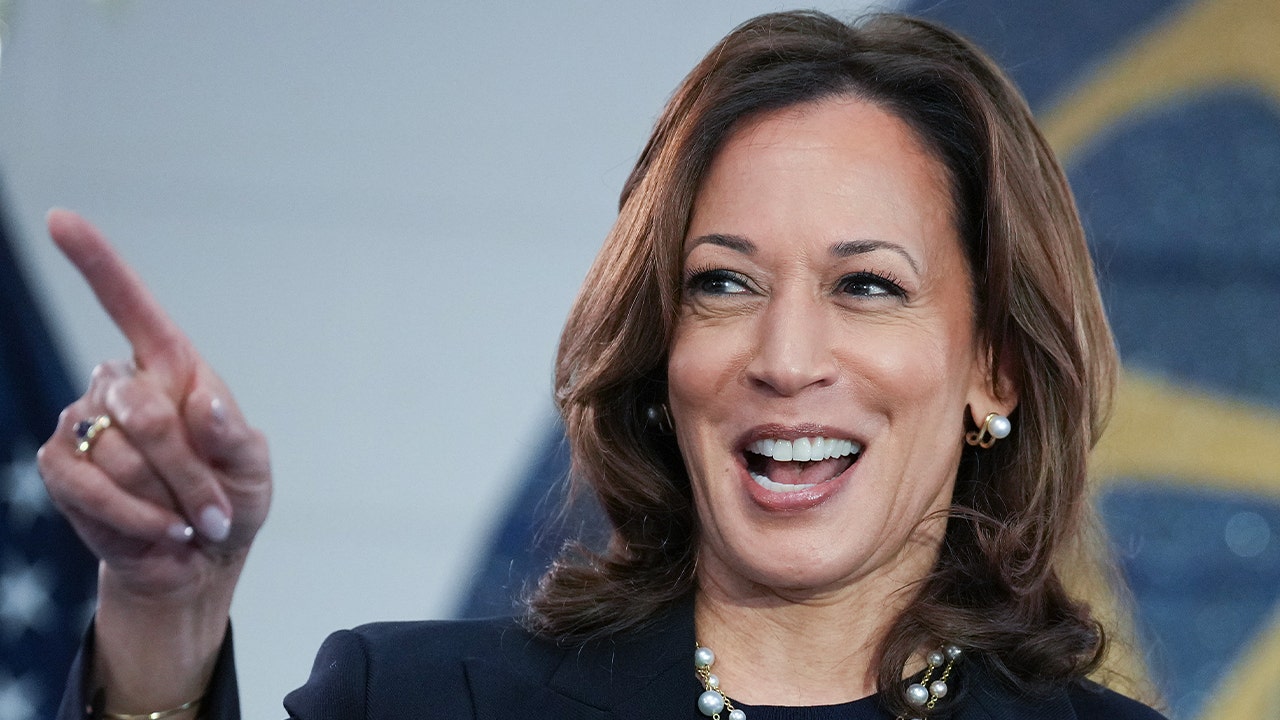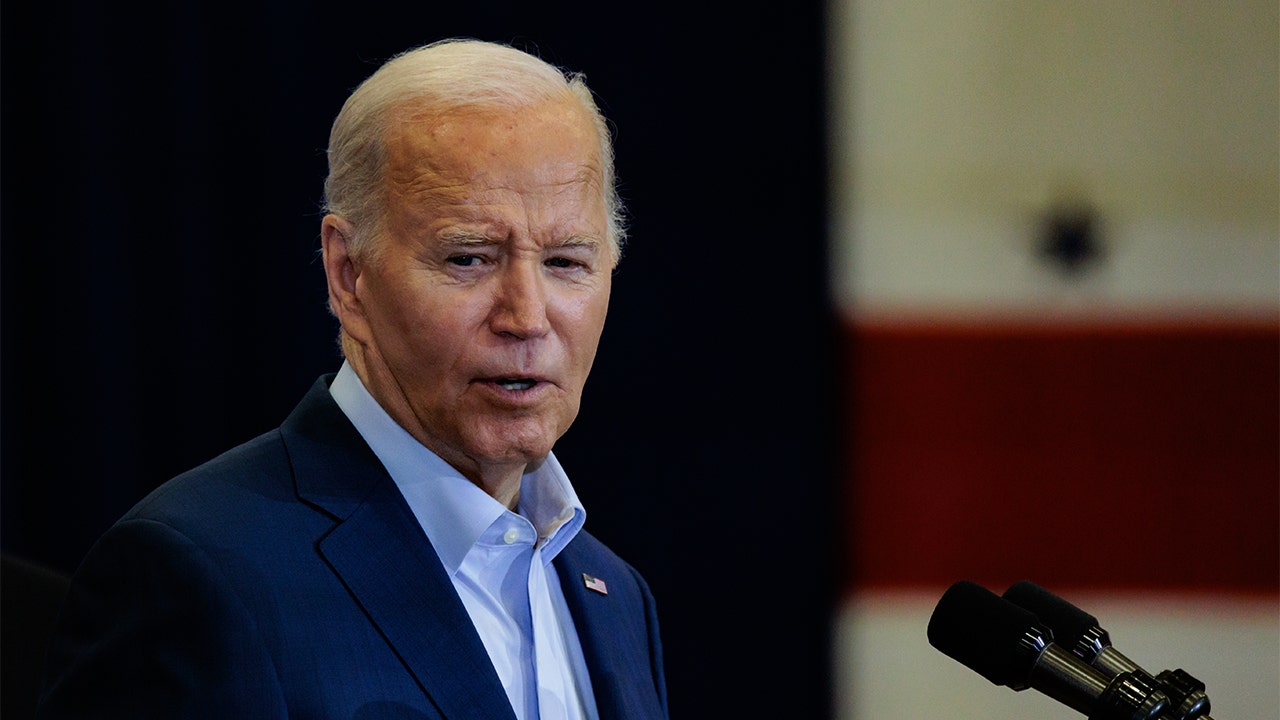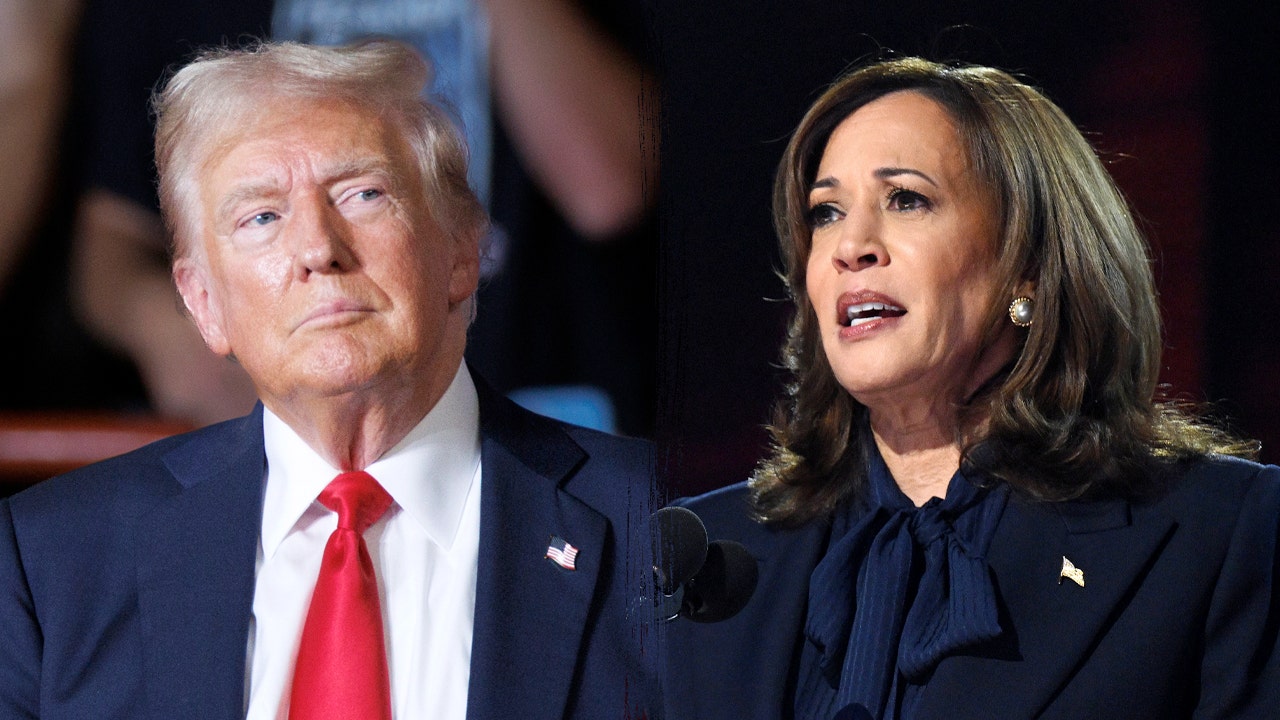Oklahoma
Oklahoma teachers were told to use the Bible. There’s resistance from schools as students return

Oklahoma’s Bixby school district has lots to show off for a fast-growing Tulsa suburb: a state-of-the-art new high school set to open by 2025, a new ninth grade gymnasium and plans for a $12 million upgrade to a football complex that already rivals that of many small colleges.
But, what the district does not have as students returned this week is a Bible in every classroom — despite a statewide mandate from Oklahoma’s education chief to incorporate Bible lessons and promises of repercussions for those that don’t comply. Other large school districts have also publicly indicated they aren’t making changes either.
The resistance follows a summer order that propelled Oklahoma to the center of a growing push by conservatives to give religion a bigger role in public schools across the U.S. Still, the fight may be far from over while other states, including neighboring Texas, are seeing Republicans advance similar efforts to incorporate the Bible into classrooms.
“If there is no curricular standard that ties with that particular classroom, what would be the purpose of a Bible if not for pure indoctrination?” said Bixby Superintendent Rob Miller, a former Marine Corps artilleryman whose office walls are adorned with medals from some of the 18 marathons he’s run and a sign that reads: “Positive Vibes Only.”
Miller said it’s not uncommon to see students carrying a Bible or praying during a moment of silence at the start of each school day. Two copies of the Bible are available for checkout in the high school library’s reference section, along with a book titled “The History of the Bible” that includes maps and other historical details about the holy lands featured in scripture.
But he said a Bible simply doesn’t make sense for a seventh grade math classroom or a high school chemistry class.
“As a Christian myself, I am a little offended by diminishing the word of God to a mere classroom prop,” he said.
It is unclear how many, if any, Oklahoma school districts are resuming schools this month with a Bible in every classroom. A spokesperson for the state education department, Dan Isett, said the mandate is not optional and that the superintendent has “a wide range of tools to deal with rogue districts” that do not comply.
Under the mandate, Oklahoma schools must incorporate the Bible into lesson plans for all public school students in grades five through 12 in Oklahoma.
School districts also have been offered guidance from law firms that represent them and the state’s largest teachers union, the Oklahoma Education Association, that the superintendent doesn’t have the unilateral authority to issue such a requirement and that the edict is unenforceable.
The decision by many Oklahoma school districts to disregard state Superintendent Ryan Walters’ directive didn’t sit well with the first-term Republican, who chastised those districts at the start of a recent board meeting.
“These are the districts that want pornography in front of kids under the name of inclusivity, but don’t want the historical context of the Bible,” Walters said, referring to a failed effort by his education department to force a local district to remove the books “The Kite Runner” and “The Glass Castle” from library shelves because of sexual content.
“It’s outrageous. We will not allow it. Just because they don’t like it, just because they’re offended by it, just because they don’t want to do it doesn’t mean that they won’t do it. They will be held accountable.”
The directive from Walters is the latest salvo in an effort by conservative-led states to target public schools: Louisiana has required them to post the Ten Commandments in classrooms, while others are under pressure to teach the Bible and ban books and lessons about race, sexual orientation and gender identity. Earlier this summer the Oklahoma Supreme Court blocked an attempt by the state to have the first publicly funded religious charter school in the country.
Walters, himself a former public school teacher who was elected to his post in 2022, ran on a platform of fighting “woke ideology,” banning books from school libraries and getting rid of “radical leftists” who he claims are indoctrinating children in classrooms.
Among his Republican colleagues in the Legislature, patience with Walters appears to be wearing thin. State Rep. Mark McBride, a Republican from Moore who chairs the subcommittee that funds public schools, earlier this month sought an investigation into Walters over what McBride says are failures by the department to comply with legislative directives on funding and provide requested documents on expenditures. More than two dozen GOP House members signed on to McBride’s request, prompting Speaker of the House Charles McCall to request an independent investigation of the education department.
For his part, Walters dismissed the inquiry as a “political attack” from House leaders and hinted toward the 2026 governor’s election, where both McCall and Walters have been mentioned as possible candidates for the seat being vacated by term-limited Republican Gov. Kevin Stitt.
Grant Sullivan, who owns Scott’s Hamburgers in downtown Bixby and delivers a sermon every Sunday at a small church in the nearby town of Morris, said he questions whether the Bible mandate is a good idea.
“Have we thought this through?” asked Sullivan, who has a master’s degree in theology from Oklahoma Christian University and two children in Bixby schools. “What if you happen to have an atheistic teacher? Are they going to teach it in a way that may be more problematic than helpful?
“It just feels like that’s for the home and the church is how I feel about that.”

Oklahoma
OKC Thunder games staying on Bally Sports Oklahoma for 2024-25 season

OKC Thunder’s Shai Gilgeous-Alexander speed drawing
Time lapse drawing of OKC Thunder’s Shai Gilgeous-Alexander
Oklahoma City Thunder fans don’t have to start looking for a new TV package to watch the NBA this season — yet.
Diamond Sports Group, owners of Bally Sports Oklahoma, will continue to carry local game broadcasts for 20 NBA and NHL teams, including the Thunder, in the 2024-25 season.
Diamond reached agreements with the NBA and NHL that were disclosed Friday in filings with the U.S. Bankruptcy Court for the Southern District of Texas.
“We are appreciative of the ongoing collaboration and long-term partnerships with the NBA and NHL,” Diamond Sports CEO David Preschlack said in a statement. “Having completed negotiations with key partners that provide certainty around our content and distribution, Diamond is well positioned for the future. With the support of our creditors, we are focused on finalizing our reorganization plan to support our emergence and presenting that plan to the court in due course.”
More: Four things we’ve learned about OKC Thunder in 2024 NBA offseason
The subsidiary of Sinclair Broadcast Group had been operating the Bally-branded regional sports networks that carried NBA, NHL and Major League Baseball games in many markets around the country. Diamond filed for Chapter 1 bankruptcy in March 2023 and were ordered that spring to pay four MLB teams 50% of unpaid media rights fees that were owed to them.
The behind-the-scenes business troubles at Diamond led to uncertainty about where teams would be able to broadcast their games when not on national television.
In the NBA, Diamond will continue to carry local broadcasts for the Atlanta Hawks, Charlotte Hornets, Cleveland Cavaliers, Detroit Pistons, Los Angeles Clippers, Memphis Grizzlies, Miami Heat, Milwaukee Bucks, Minnesota Timberwolves, Oklahoma City Thunder and San Antonio Spurs.
In the NHL, the group will keep broadcasting the Anaheim Ducks, Carolina Hurricanes, Columbus Blue Jackets, Detroit Red Wings, Los Angeles Kings, Minnesota Wild, Nashville Predators, St. Louis Blues and Tampa Bay Lightning.
Diamond will no longer go forward with the Dallas Mavericks and New Orleans Pelicans, the latter of whom recently reached a deal with New Orleans’ local Fox affiliate to air games. The Mavericks were long considered likely to part with Bally, and Dallas’ NHL team, the Stars, previously split from Diamond in favor of starting their own streaming platform.
Diamond’s next bankruptcy hearing is scheduled for Sept. 3.
Oklahoma
Compared to Last Year, Oklahoma State Will Start 2024 in Mid-Season Form

Good news for those whose Saturdays in the fall depend on the Cowboys’ performance: it doesn’t seem like 2024 will start like 2023 did.
This time last year, we needed the media guide handy to know who was who on the field for Oklahoma State. On offense, there was a three-quarterback rotation going on to decide who should be QB1. That got the headlines, but even future Doak Walker winner Ollie Gordon wasn’t OSU’s top running back until Week 4 of the season. Then on defense, Bryan Nardo was trying to implement an entirely new scheme as players shuffled in and out. It was madness.
But, in 2024, those growing pains have meant, well, growth for the Cowboys. OSU coach Mike Gundy said at his first media luncheon of the season Thursday that there’s not a position battle, at least not for the No. 1 spot, shaking out right now for the Pokes. On OSU’s first two-deep depth chart of the season, the only “or” listed at the top of positions were on the defensive line, one in the secondary, and at punter and kickoff specialist. There is, at least according to the depth chart and Gundy, no position up for grabs on offense entering the 2024 season.
“Not really, because we play so many skilled skill guys at once,” Gundy said. “Then we have more linemen than we have had in the past. And then defensively, we roll guys in. So we really don’t have position battles going on.”
It wasn’t until Week 4 against Iowa State — OSU’s Big 12 opener — that things seemed to be organized last season for the Cowboys, even during the loss. That’s when Alan Bowman essentially took over as QB1, becoming the first quarterback in 2023 to start and finish a game. Gordon got double-digit carries for the first time all season, rushing for 121 yards on 18 carries. And, even defensively, the Cowboys held Iowa State to 14 points in the second half.
After that Week 4 loss, the Cowboys went on a five-game winning streak and finished the season 10-4 with a Big 12 championship game appearance after starting the season 2-2. A year later, Gundy says the Pokes are already to that point heading into Week 1 against South Dakota State.
“Well, we didn’t get to this point last year until close to the fourth game,” Gundy said. “We just had so many unknowns and position battles going on with so many players that came in. As you know, last year we had 30 new players. This year, that number has been cut considerably because we had so many players that were able to and wanted to come back. A little different this year.
“From that standpoint, next year, we’ll probably be back in the other boat. The free agency market in December based on all the veteran players we have leaving could put us in a position where we’re bringing in 30 new players that could potentially play in the first game next year. But as of now, we’re much further ahead from a practice standpoint and understanding than we were this time last year.”
Oklahoma
It's time to think differently about how we educate Oklahoma children. Community schools would help • Oklahoma Voice

Oklahoma’s dismal bottom 10 rank in education outcomes highlights a need to think differently about how we’re educating our children who continue to struggle with academic performance, chronic absenteeism and emotional and behavioral issues.
It’s time for our education leaders to take a hard look at the evidence-based benefits that come from increased investments in the community school model.
Community schools provide students with “wraparound services.” They focus on holistic approaches to educating children, understanding that for a child to thrive in school an integrated support system is also needed for their families at home. The model focuses on student and family engagement, collaborative leadership, enriched learning opportunities and integrated support systems.
Fortunately, in part by the pandemic and federal Covid funding, the Federation of American Scientists found that in 2023, “60% of public schools were utilizing a “community school” or “wraparound services model.” That was up from 45% the year prior.
If you think this model won’t work in a state that has an abundance of charter and private schools and is known for perpetually underfunding our public school systems, think again.
Tulsa Union is an example of an Oklahoma public school district that has successfully integrated the model. As one of the earliest adopters, the district received national attention for its student success.
Education expert, David Kirp, wrote in a New York Times opinion piece that contrary to the pressure to focus on rapid academic test score growth, former superintendent Cathy Burden understood that “focusing entirely on academics wasn’t enough, especially for poor kids.”
Instead, Union, which at the time reported 70% of students received free or reduced-price lunches, laid a foundation for meaningful learning by offering a “cornucopia of activities — art, music, science, sports, tutoring — that middle-class families routinely provide.”
Kirp wrote that the district opened its schools early. It helped families access health care. It worked to connect parents with job-training opportunities. It provided clothing, furniture and food to struggling students. It even offered daycare for teen mothers so they could graduate.
U.S. News and World Report now ranks Union High School as one of the nation’s top high schools. It is over 70% minority, and nearly 50% low-income, but it is basically tied with Oklahoma’s high schools for academic achievement.
Other districts have also experimented with the model.
In 2017, when a bus load of Oklahoma City partners visited Rosa Parks Elementary School, we toured their health center, the “Tinker Lab” for hands-on learning, and their organic gardens built around the theme of “Peace.” The key to success was teamwork. The students selected the crops they wanted to grow and built a kiln in the garden. A teacher created “Wind Wonders” to teach aeronautics.
My favorite story was about the Rosa Parks teacher who rushed out of the building, saying she had to go to Jiffy Lube. The teacher had been trying to track down a parent for a conference and she’d just learned that the mom was about to take her lunch break.
Drawing on Tulsa Union’s success, a scientific consensus, and the work of Linda Darling-Hammond’s Learning Policy Institute regarding the benefits of community schools, a grassroots movement created the David R. Lopez Community School at Edgemere.
Despite its great success, Oklahoma City School Public Schools shut it down during the implementation of its Pathway to Greatness plan.
In spite of that setback, I see the community school model as being one that could increase our academic outcomes by acknowledging a holistic model is needed for our children — and their families — to thrive in a post-pandemic landscape.
But in order to achieve greatness, we’d need visionary leadership. We need leaders who are patient enough to lay the groundwork today in hopes of netting substantial gains years down the road.
The model won’t succeed if our leaders are looking for a short-term, easy political victories and immediate results because wraparound services are more expensive and take considerable resources to get off the ground.
I’m hoping we have some visionary education leaders.
Because I don’t see a path forward for improving the academic and social outcomes for low-performing schools until we commit to implementing community schools statewide.
GET THE MORNING HEADLINES DELIVERED TO YOUR INBOX
-

 Ohio1 week ago
Ohio1 week agoOhio taxpayers sent families $966 million for private school tuition: Capitol Letter
-

 Minnesota6 days ago
Minnesota6 days agoReaders and writers: Plenty of thrills and danger in these Minnesota author’s mysteries
-

 Politics1 week ago
Politics1 week agoHarris dodging flip-flop attacks as faceless surrogates flip on key positions: 'Playing politics'
-

 News1 week ago
News1 week agoTracking the Swing States for Harris and Trump
-

 News1 week ago
News1 week agoVideo: Biden and Harris Announce Deal to Lower Drug Prices
-

 Politics1 week ago
Politics1 week agoBiden jokes about impending exit from the White House: 'Looking for a job'
-

 News1 week ago
News1 week agoHalf Their Land Burned in a Decade: The California Counties Constantly on Fire
-

 Politics1 week ago
Politics1 week agoTrump assassination attempt: Secret Service makes big change to former president's outdoor rally security














